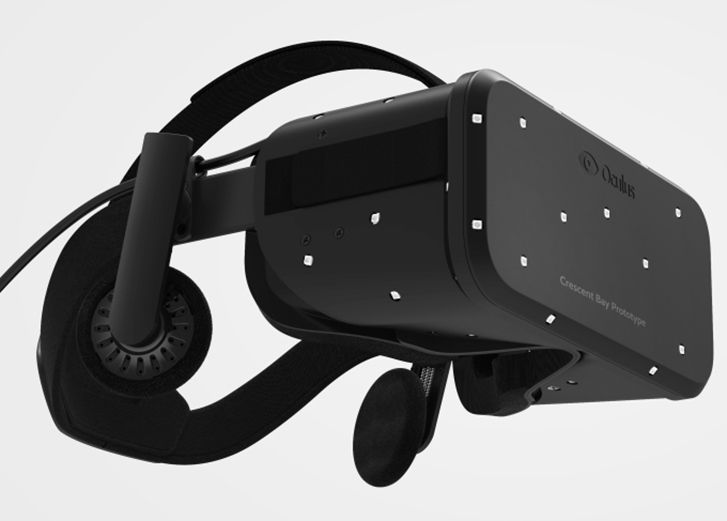Oculus VR has unveiled a latest prototype model of its virtual reality headset and the company claims that it is a "big leap" for the technology.
The Oculus Rift Crescent Bay model adds 360-degree tracking, which means the wearer and stand up, spin around and the headset will know exactly what direction he or she is facing.
In addition, the weight and feel of the device is better for the user. "Tt is much lighter. Thank god," said Oculus CEO Brendan Iribe during the company's Connect conference held over the weekend.
Apart from the improved tracking, the screens are thought to be higher resolution per eye than the existing development kit 2 (960 x 1080 each eye) perhaps thanks to Oculus VR's partnership with Samsung.
READ: Just how good is Oculus Rift Development Kit 2 in comparison to DK1?
As part of the deal to design the Gear VR headset for Samsung, Oculus is to get Super AMOLED panels in return for use in its devices. The Full HD panels used for DK2 were believed to be Note 3 displays, while it would make sense that the latest headset uses Note 4 display panels instead, which would give an each eye resolution of 1280 x 1440.
READ: Shell Oculus Rift V-Power demo shows why Facebook was so keen to buy VR company
They have lower latency too, it is said, although full specifications for the new Crescent Bay headset are yet to be officially revealed.
Crescent Bay is just the latest in a long line of prototype models, with a consumer version of Oculus Rift still seeming a long way off. "This is still incredibly early hardware," said Oculus.
"There are plenty of technical challenges left to solve for the consumer Rift, but Crescent Bay is truly the best virtual reality headset we've ever built."

